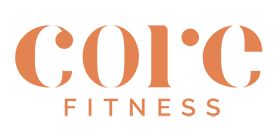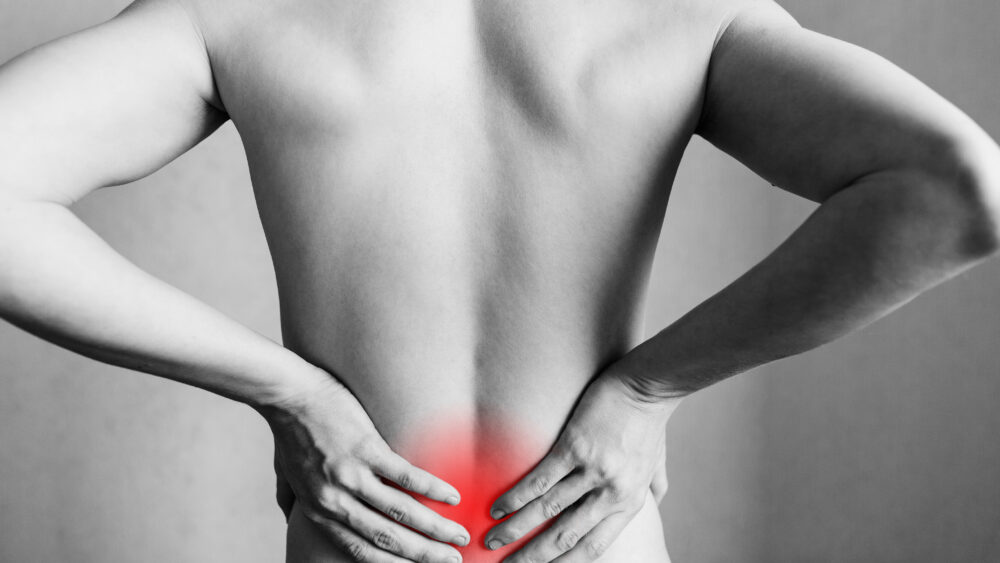Uncategorized
How Common Is Low Back Pain and What To Do About It
They say age is just a number….but we’d argue it’s also a sensation in your lower back! According to a report by Singhealth, acute lower back pain affects approximately up to 80% of the adult population in Singapore and most commonly affects adults aged between 30 and 40 years. Whilst a combination of a warm or cold compress, painkillers and rest is usually enough for its most common cause, a pulled back muscle, to heal on its own, here is a quick explainer about other common causes and what can be done about the condition.
CAUSES OF BACK PAIN
Apart from a pulled back muscle, other common causes include disc pathologies such as annular tears, slipped disc, degenerative disc diseases, osteoarthritis, degenerative spondylolisthesis and so on. In rarer cases, causes may include connective tissue disease, ankylosing spondylitis, spondylodiscitis, tumours and pathological fractures.
If you don’t have a diagnosis yet, to put it simply, severe back pain may be the result of pressure on nerves from the misalignment of the bones in the back, and in this case, you should seek immediate medical attention. Further investigations for a diagnosis may involve history taking, physical examination, X-rays and MRIs.
WHEN SHOULD I CONSULT A SPINE SPECIALIST?
These symptoms experienced alongside back pain are warning signs that specialist or emergency treatment may be needed:
- Unexplained weight loss
- Older age (above 50 years old)
- Fever
- History of cancer
- Appetite loss
- Neurologic symptoms such as numbness, weakness in legs
- Problems with urination or bowel motions
- Back pain caused by an accident or trauma
WHAT CAN BE DONE?
After ruling out serious conditions, treatment plans for pain relief and functional improvement can be formulated for patients with non-specific acute low back pain. This may include a combination of the following:
Application of ice and heat packs
A general guideline would be to use cold therapy first to constrict the blood vessels, thereby numbing and reducing the swelling and decreasing the inflammation.
Once the immediate inflammation has been reduced, heat therapy will help to increase the flexibility of soft tissues and ease the movement of muscles. The warmth will also stimulate blood circulation in your lower back, thereby accelerating the healing for the injured tissues.
If you’re doing this at home, remember to always use the packs intermittently, for 15 to 20 minutes, with an hour-long break in between to avoid any skin and nerve damage.
Pharmacological therapy
Appropriate doses of acetaminophen, nonsteroidal anti-inflammatory drugs (NSAIDs) and muscle relaxants are good options, especially when partnered with ice/heat, for gaining some short term relief.
Activity modification
Contrary to popular belief, bed rest has been proven to be less effective than staying active when it comes to long term pain relief and improving function. In fact, prolonged bed rest can actually lead to muscle atrophy, joint stiffness and an overall decrease in function for patients.
In reality, something more useful than prolonged bed rest would be increasing the quality of your movement. For example, here at Core Fitness, individualised patient education on the importance of adopting a good posture when sitting or standing, as well as proper lifting techniques, is held to be absolutely vital for improvement and injury prevention.
Other easy modifications include seeking professional advice and optimising your workplace and/or work-from-home ergonomics with changes that will help to improve posture and reduce back pain.
Physiotherapy
It is a great practice to seek out and start physiotherapy early for the treatment of lower back pain. Besides the access to ultrasound therapy and electrotherapy for inflammation reduction, physiotherapist-directed exercises done at home (or in our studio!) have been proven to be effective in prehabilitation, relieving pain, reducing recurrence and improving overall function.
These exercises fall into two main categories:
Movement and stretching exercises, which include the McKenzie method, help to restore movement and minimise stiffness, which in turn relieves back pain.
Strengthening exercises help to improve core muscle stability, which prevents further strain on the back and in turn, improves overall back stability.
Clinical Pilates
Aside from the standard physiotherapy exercises, another option would be Clinical Pilates – a tailored form of exercise rehabilitation conducted by physiotherapists.
In a study with Pilates trained physiotherapists, it was strongly indicated that Pilates facilitated an active lifestyle and self-management approach for patients. Physiotherapists can use a combination of exercises to address all the main muscle groups, with some specific exercise preferences related to the patients’ specific needs, as a vital part of their clinical treatment plans.
With these customised plans in place, Clinical Pilates can also help improve your posture, increase core stability, correct muscle, joint and neural imbalances, and help prevent and protect you from back injuries.
SOME ENDING THOUGHTS
Whether it is acute or chronic back pain, remember to find a trustworthy physiotherapist as it is vital to exercise clinical judgement in using the various treatment methods, whether in isolation or in combination depending on patients’ goals, expectations and concerns.
It is also crucial for physiotherapists to review patients at appropriate intervals and consider referrals to a specialist if necessary.
Hopefully, you now have a clearer understanding of the available treatment options for lower back pain. Should you ever need some relief, feel free to get in touch with us!


